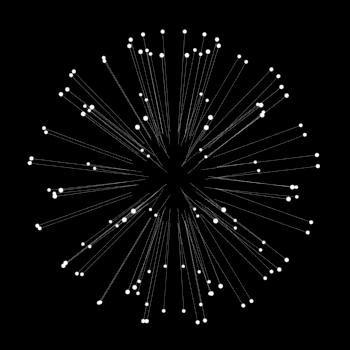color(blue)("The teaching bit")The teaching bit
A fractions' structure is that of:
("count")/("size indicator of what is being counted")countsize indicator of what is being counted
The count and size indicator form a fixed ratio in that
for example:
1/2=2/4=4/8=32/6412=24=48=3264 and so on. They all have the same intrinsic value.
To obtain a quarter we need to be able to change the top number into one that is easily divided by 4.
~~~~~~~~~~~~~~~~~~~~~~~~~~~~~~~~~~~~~~~~~~~~~~~~~
color(blue)("Answering your question - using first principle")Answering your question - using first principle
Multiply by 1 and you do not change the value. However, 1 comes in many forms
Note that multiply by 1/414 is the same effect as dividing by 44 so we have:
[1/4color(red)(xx1)]xx1/4 color(white)("ddd") ->color(white)("ddd") [1/4color(red)(xx1)]-:4[14×1]×14ddd→ddd[14×1]÷4
color(white)("dddddddddddddd") ->color(white)("ddd") [1/4color(red)(xx4/4)]-:4dddddddddddddd→ddd[14×44]÷4
color(white)("dddddddddddddd") ->color(white)("ddd") [4/16]-:4dddddddddddddd→ddd[416]÷4
color(white)("dddddddddddddd") ->color(white)("ddd") [1/16+1/16+1/16+1/16]-:4dddddddddddddd→ddd[116+116+116+116]÷4
color(white)("dddddddddddddd") ->color(white)("ddd") 1/16dddddddddddddd→ddd116
~~~~~~~~~~~~~~~~~~~~~~~~~~~~~~~~~~~~~~~~~~~~~~~~~~~~
color(blue)("Answering your question - shortcut method")Answering your question - shortcut method
1/4" of "1/4color(white)("dd") ->color(white)("dd") 1/4xx1/4color(white)("dd")->color(white)("dd")(1xx1)/(4xx4)=1/1614 of 14dd→dd14×14dd→dd1×14×4=116


